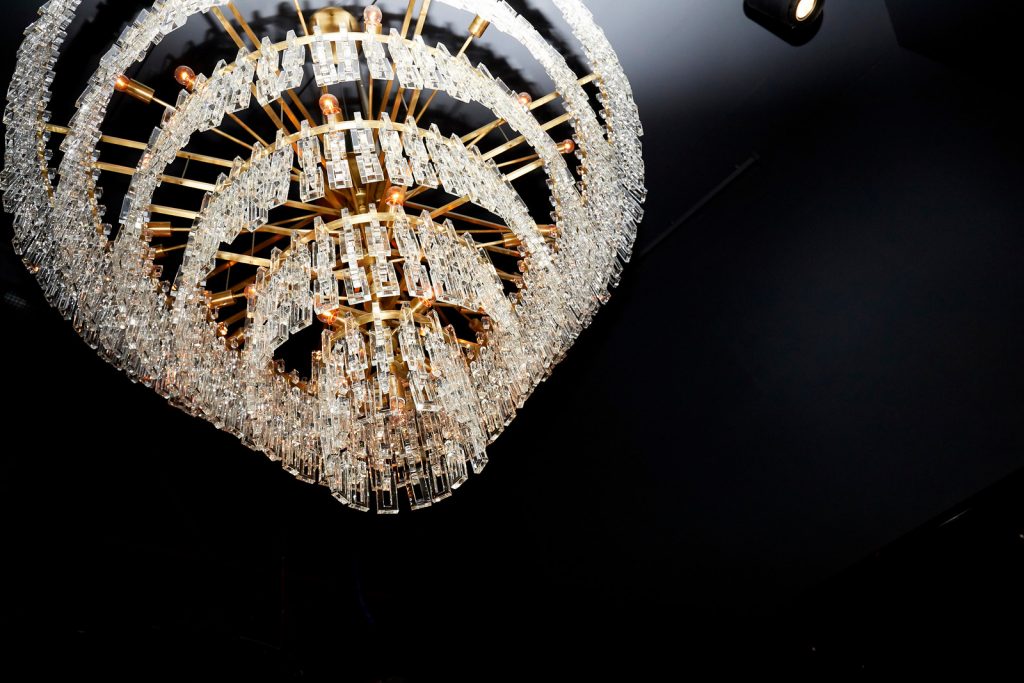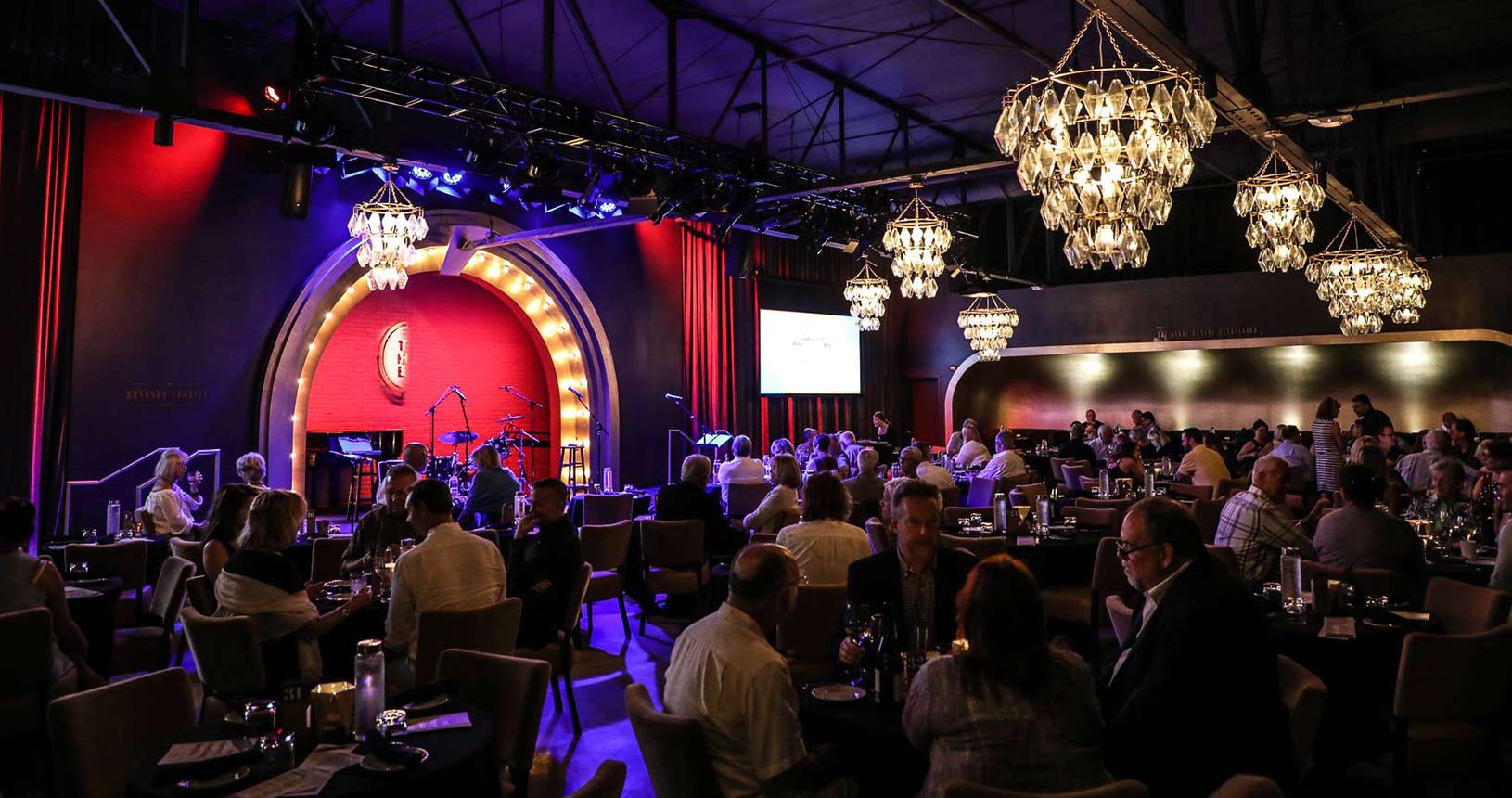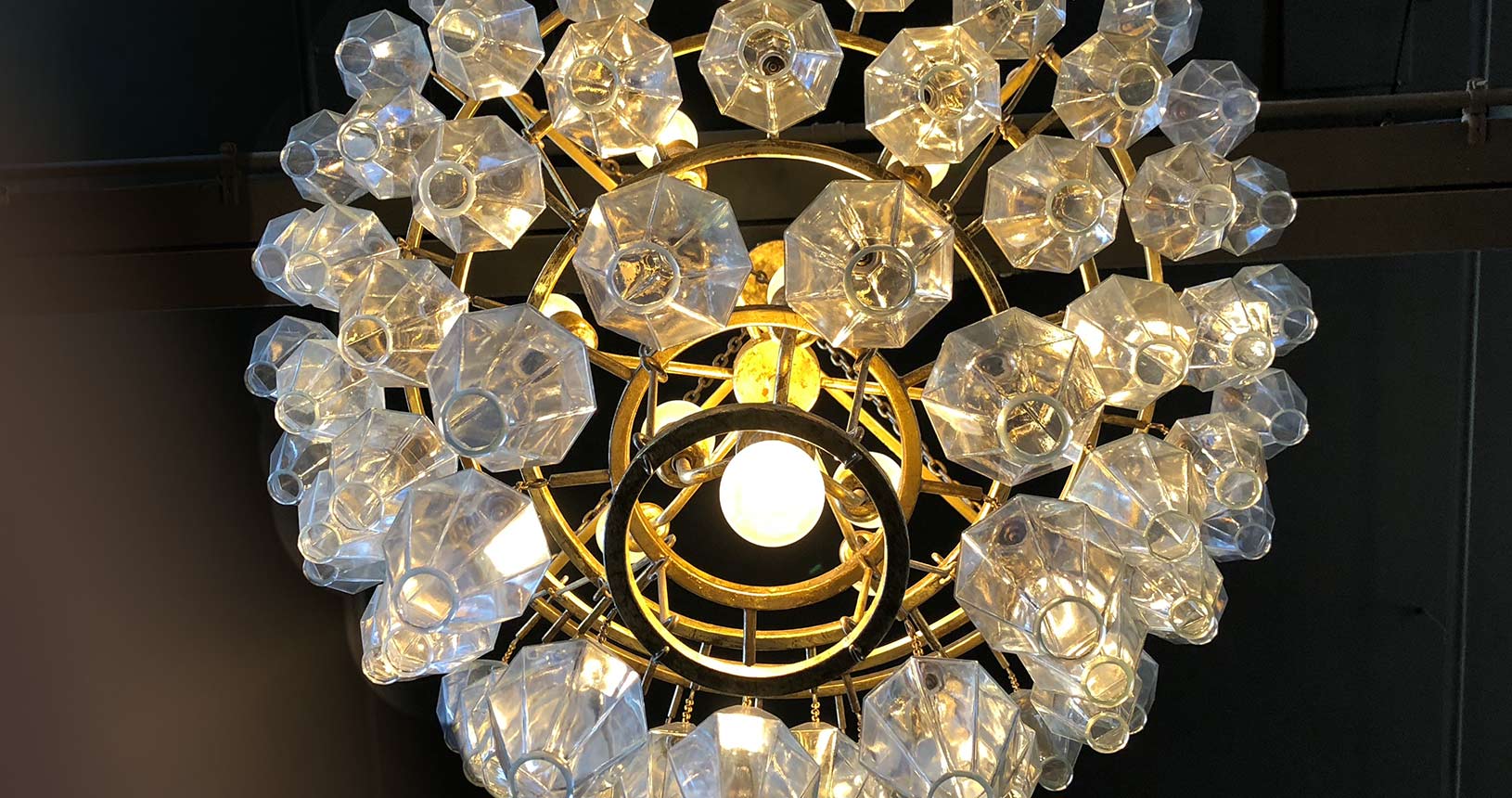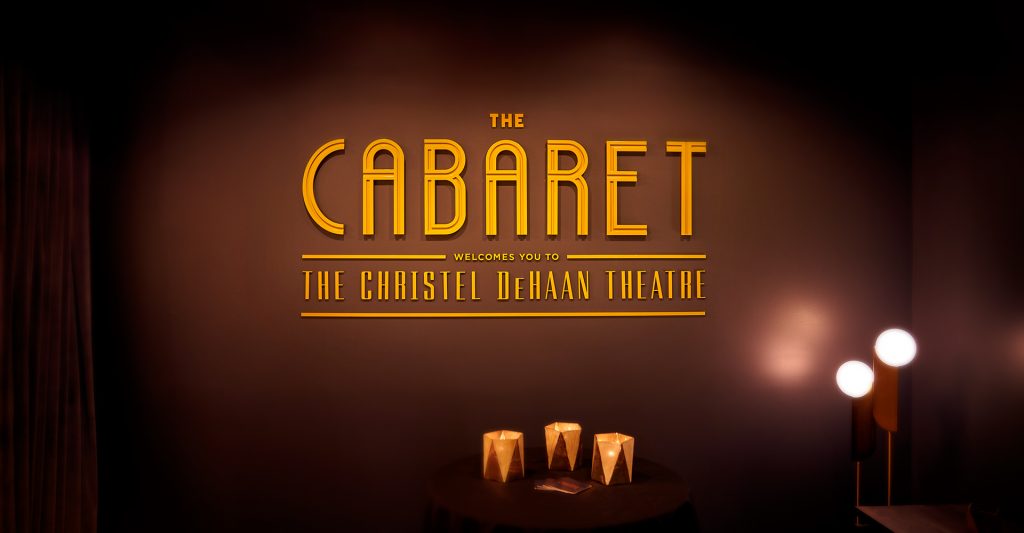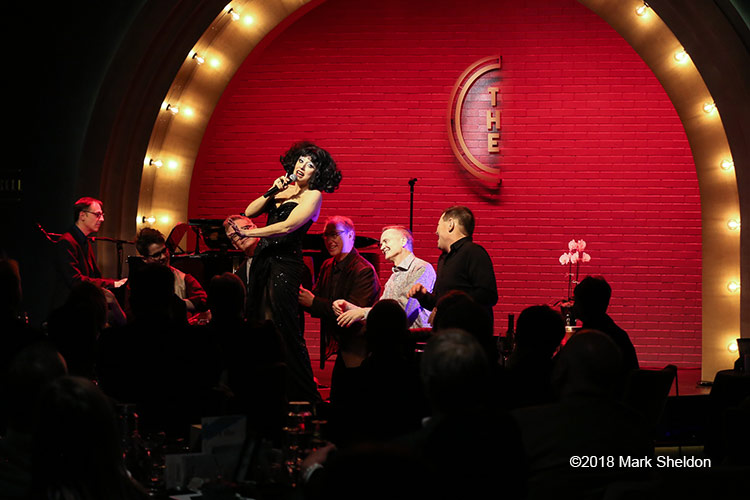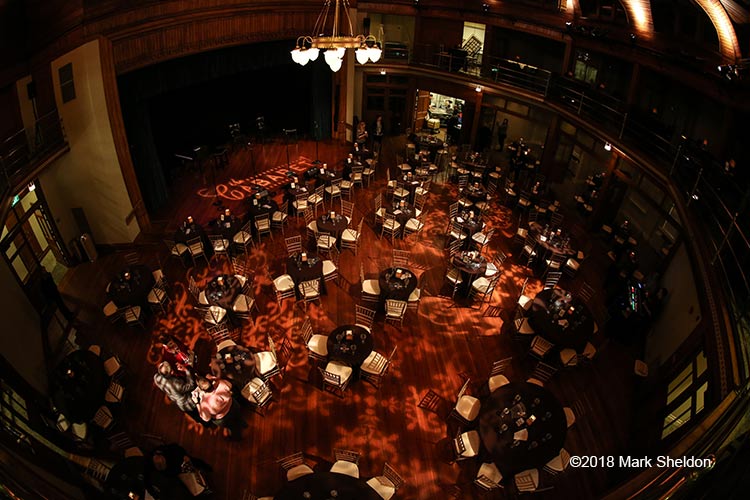Mission
The Cabaret is a nonprofit organization dedicated to elevating and promoting the cabaret art form by entertaining, educating, and engaging audiences and artists through world-class performance.


Artistic Director’s Welcome
Thank you for visiting The Cabaret. Whether you’ve been attending performances for years or are preparing to come to your first show, we’re so grateful for the opportunity to host you in our award-winning venue.
From our humble beginnings over 15 years ago, we could never have imagined the success we enjoy today. Hosting the biggest stars of Broadway, cabaret, jazz, and more in our very own glorious venue is a testament to your support and our shared journey. We are proud to bring you world-class artists in a cabaret venue that rivals, if not surpasses, some of the best in the country.
We are so proud that The Cabaret has been noted by national media outlets for creating a mecca for cabaret in the Midwest. We pledge to continue to work diligently to bring the best of the best national and international cabaret artists to our stage and to ensure that the cabaret art form continues to thrive.
You got us here, lovers of cabaret. Cheers to you, and to years of thrilling performances in a glorious setting.
Warmest Regards,

Shannon Forsell
Artistic Director & CEO
What is Cabaret?
Isaac Mizrahi put it simply when he said, “cabaret is theatre plus liquor.”
Cabaret is an intimate and immersive art form that shatters the traditional “fourth wall,” fostering a unique interplay of participation and provocation. Defined by its small-scale setting—often evoking the warmth of a private salon—cabaret thrives on direct, personal connection. The performer, typically accompanied by a piano or small ensemble, engages the audience through song, storytelling, and raw emotional honesty, without the artifice of elaborate sets or scripted personas.
The genre is marked by its immediacy and vulnerability, as artists with formidable acting skills pour their lived experiences into their interpretations, making even familiar songs feel newly discovered. At its peak, cabaret is a three-way dialogue between singer, song, and audience, where intimacy, emotional depth, and interpretive nuance create an unforgettable exchange. Whether through humor, pathos, or provocation, cabaret remains a space where artistry and authenticity converge, leaving audiences with a profound emotional resonance.
More than mere entertainment, it is an art of presence—one that lingers long after the last note fades, providing audiences with a sense of genuine connection, as though they have been personally seen and understood—not merely as spectators, but as participants in the experience.

“The peak cabaret experience is a three-way relationship among singer, song and audience in which performers with formidable acting skills, whose interpretations make you hear songs as though for the first time, pour their life experiences in thematic shows. In the shouting, brawling world of mainstream pop, the essential qualities of a cabaret performance — intimacy, emotional vulnerability and interpretive subtlety have little place.”
— NEW YORK TIMES

Why Cabaret?
The cultural audience needs more than the big-budget, spectacular, one-way entertainment experiences of the modern day. We’ve not forgotten the yearning for connection and meaning through performance and art. A cabaret performer bridges theatre and individual vocal performance; interpreting their material and inviting the audience into an intentional experience.
Cabaret venues thrive in major metropolitan cities, such as New York City, San Francisco. The Midwest was lacking a major cabaret presence. A successful cabaret venue contributes to Indianapolis achieving its vision of being a world-class city, and fills what was once an unmet niche in the local performing arts community.
Our History

Support
Your generosity makes it possible to present shows with top national and international talent and train up-and-coming performers in the art of cabaret. LEARN MORE


